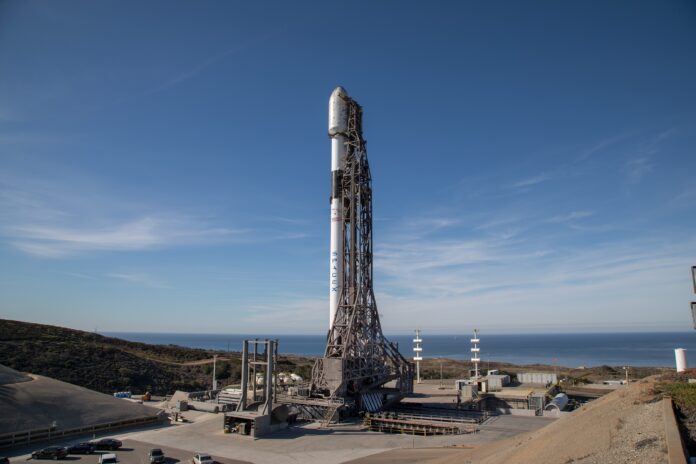The nation is prepping two LEOsat networks as it plans to cover the globe with high-speed internet
Construction of the commercial spacecraft launch for China’s proposed Starlink rival has started near the Wenchang Space Launch Site, in Hainan. According to Nikkei [subscription] the site will be used mainly by the China Satellite Network Group, wholly owned by the Chinese government. The group was founded in 2021 after Beijing informed the ITU of its plan in 2020 to launch around 13,000 satellites as part of its LEOsat network.
From the first half of 2024 until 2029 the company plans to launch about 1,300 satellites setting itself up to be ready by 2035 to support not-yet-defined high-speed 6G communications domestically and, if the next G doesn’t splinter into acrimonious disagreement in standardisation, internationally as well.
Nikkei points out that the company’s top execs are indeed from state-owned, military-industrial complex enterprises linked to China’s People’s Liberation Army. China has said it plans to become a space power comparable with the US by around 2030.
Another constellation
Meanwhile, a space company partly owned by the Shanghai municipal government has a plan to put 12,000 satellites into low Earth orbit – launching more than 600 by the end of 2025, although these numbers are often shrouded in secrecy. According to Space News, a new generation flat-panel satellite rolled off the assembly at the G60 digital satellite production factory in Shanghai’s Songjiang District over Christmas – the first for this constellation.
The Shanghai facilities are managed by Shanghai Gesi Aerospace Technology, a state-owned company established in 2022 by the Chinese Academy of Sciences’ Innovation Academy for Microsatellites and Shanghai Spacecom Satellite Technology.
These initiatives need to be added to the heady mix of Amazon Kuiper’s 3200 or so LEOsats plus Starlink’s 5000+ already in orbit. Not to be outdone by government-inspired constellations in China, private company GalaxySpace plans to launch 1,000 LEOsats and reportedly has “support” from the Chinese Government.
Broken signal for Viasat?
With the LEOsat space hotting up, geopolitical tensions are inevitably going to shape what the overall market looks like and more importantly, what mobile operators may expect when partnering the various LEOsat constellations. Nikkei reported that the German government recently blocked a space-related company in Shanghai – a big shareholder in a Berlin-based satellite startup – from buying shares in it from other holders. And Boeing cancelled a satellite sales contract with a US startup after it was revealed that a Chinese government-backed entity had invested in the company.
In the latest tit-for-tat, China announced it will sanction five US military manufacturers in response to the latest round of US arms sales to Taiwan. One of these happens to be Viasat, which released a statement: “We are aware of the Chinese Foreign Ministry statement regarding sanctions. We are in the process of gathering information to better understand any potential impact of these sanctions and will provide further updates when we know more.”
Above: SpaceX blasts the first Starlink direct-to-mobile satellites into low orbit


